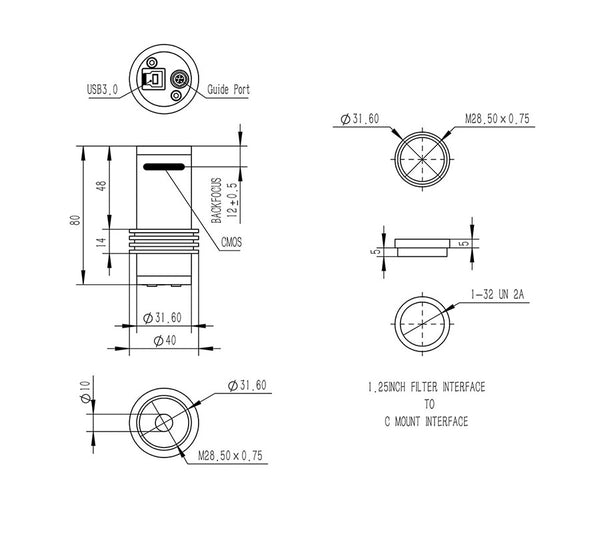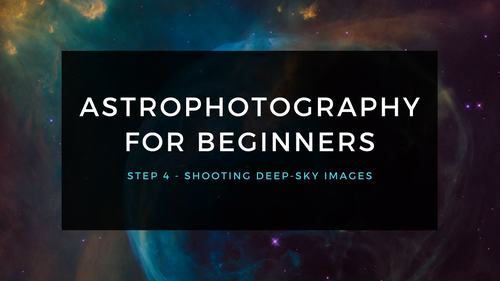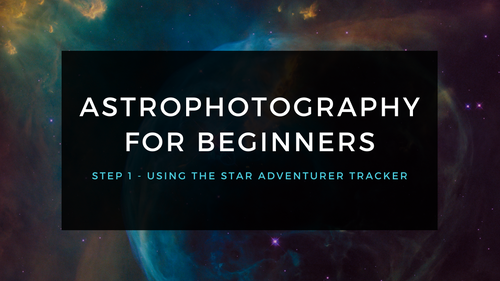





Why Purchase from All-Star Telescope?
Free Expert Support
Whether you are a first timer needing help with setting up or an enthusiast that can't quite make that one thing work, our expert staff are ready to support your needs. With decades of knowledge and first hand experience we've been there and we can help you through it!
Stress Free, Secure Transactions
You can trust purchasing and delivery with All-Star Telescope. All of our transactions are 100% secure and Level 1 PCI DSS compliant thanks to Shopify's ShopPay platform. For additional protection, we insure 100% of the value of every shipment we make. If it get's lost during shipment, we replace it. If it gets damaged during shipment, we replace it. We make sure your product arrives exactly as you would expect it to; we promise.
We also ensure privacy protection. We never keep any of your credit card information on file and any of your personal data is stored according to our policies.
30 Day Return Policy
Buy with confidence knowing that we accept returns up to 30 days after purchase. We want you to have something you will actually use and we are confident that we keep good quality products in our store with No Junk.
Price Match Promise
Shipping around for the best price is tough, we make it easier by offering the best pricing in the market. But if you find a better price on an in-store item somewhere else we will match it!
Product Description
QHY5III485C uses Sony’s new IMX485, back-illuminated, 8.4 megapixel color CMOS sensor with an array of 3864 x 2180 pixels at 2.9um. With USB 3.0 interface, the full frame rate of 44 FPS at 8-bits or 18.5 FPS at 16-bits. Smaller regions of interest will yield even faster frame rates.
The resolution of QHY5III485C is 16:9, which is equivalent to the mainstream video output ratio. With the native high resolution, 485C can play a special role in recording astronomical video and astronomical science live broadcast.
QHY5III485C is specially equipped with 128MB DDR bulid-in image buffer. In non-video output mode, DDR built-in buffer can effectively relieve the transmission pressure brought by high-resolution large data volume and reduce information loss.
Back-Illumination
One benefit of the back-illuminated CMOS structure is improved full well capacity. In a typical front-illuminated sensor, photons from the target entering the photosensitive layer of the sensor must first pass through the metal wiring that is embedded just above the photosensitive layer. The wiring structure reflects some of the photons and reduces the efficiency of the sensor.
In the back- illuminated sensor the light is allowed to enter the photosensitive surface from the reverse side. In this case the sensor’s embedded wiring structure is below the photosensitive layer. As a result, more incoming photons strike the photosensitive layer and more electrons are generated and captured in the pixel well. This ratio of photon to electron production is called quantum efficiency. The higher the quantum efficiency the more efficient the sensor is at converting photons to electrons and hence the more sensitive the sensor is to capturing an image of something dim.
Allsky Application
The QHY5III485C standard package includes a 2.5mm Fisheye lens that converts the planetary camera into a high-resolution, 8.4 Megapixel All Sky camera with 180-degree field of view.
Specifications
| CMOS Sensor | Sony IMX485 |
| Color/Mono | Color Only |
| FSI/BSI | BSI |
| Pixel Size | 2.9um |
| Pixel Array | 3864*2180 |
| Effective Pixels | 8.4MP |
| Sensor Size | 1/1.2 inch |
| Frame Rate @Full Frame | 44FPS@8-bits |
| Frame rate @ROI readout |
|
| Ful Well Capacity | 12ke- |
| A/D | 12bit (output as 16bit and 8bit) |
| Computer Interface | USB3.0 |
| Non-volatile memory / On camera storage | 128MB DDR II Memory Buffer |
| Guide Port | St4 |
| Telescope Interface | 1.25-inch, CS mount |
| Weight | 90g |
Additional Articles, Videos, and Links

Astrophotography for Beginners Step 4: Shooting Deep-Sky Images
Taking deep sky pictures can be daunting, luckily there is an easy process to follow to allow you to get great shots! Here is the typical process for actually taking deep-sky images in the field.

Astrophotography for Beginners Step 3: Choosing Gear for Deep-Sky Imaging
Using a star tracker gains you experience with the fundamentals of deep-sky imaging. Shooting the Moon gains you experience focusing and framing through your telescope. Through your sessions you’ll...

Astrophotography for Beginners - Start Here: Getting into Astrophotography Step by Step
Shooting the night sky has never been more popular, nor easier. The choice of equipment has also never been better, or more affordable. However, as per the advice given by Dickinson and Dyer in the...

Astrophotography for Beginners Step 1: Using the Star Adventurer Tracker
By far the most economical and easiest way to capture beautiful images of the Milky Way and large deep-sky objects like the Andromeda Galaxy (shown here) is to use a star tracker. Here are steps an...

Astrophotography for Beginners Step 2: How to Shoot the Moon
Close-ups of the Moon are rewarding, and an easy way to learn to shoot through your telescope. While good results are possible with a phone camera clamped to an eyepiece (as shown below), this tuto...

